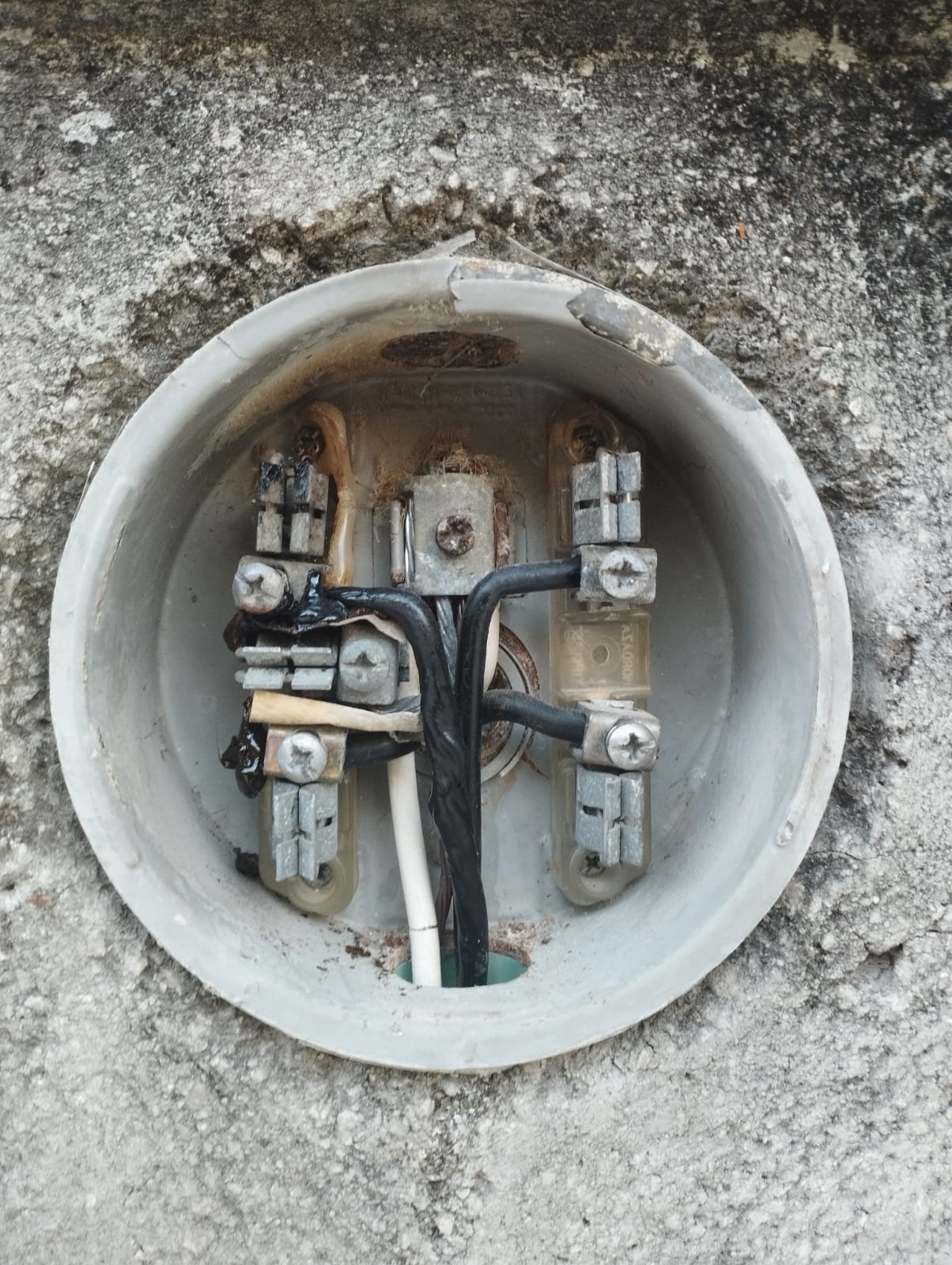Burnt Meters, Blown Circuits: How Electrical Strain During Mexico’s Summer Can Destroy Your Home

In recent months, a disturbing trend has emerged across Puerto Morelos and much of the Yucatán Peninsula: electrical meters are burning out. Not just flickering lights or occasional surges, but actual, physical destruction—melted cables, scorched meter bases, and homeowners left without power in the peak of summer heat.
If this sounds familiar, you're not alone. And more importantly, you're not crazy.
This is not a random occurrence. It's a sign of a larger, systemic problem: homes are being electrified without proper consideration of modern energy loads, environmental factors, and safety standards. In this blog, we break down why this is happening, what it takes to correctly size your home’s electrical system, and the warning signs that your setup might already be at risk.
Why Meters Burn: Understanding the Strain of a Caribbean Summer
The Yucatán's summer climate is brutal on homes. Air conditioners run nearly nonstop. Pool pumps, refrigerators, and fans work overtime. Add in the increased use of electronics, and your system is suddenly drawing more power than it may have ever been designed to handle.

Older constructions, and even some newer homes, were often built to outdated standards—100-amp service, minimal breaker capacity, and metal meter bases. That was enough back when homes used one fan and a small fridge. But today’s demands are heavier, and the heat only amplifies the risks.
When a home pulls more amperage than its system can handle:
Cables heat up, causing insulation to fail.
Breakers wear out from frequent tripping.
Meter sockets (especially metal ones) become hotspots that literally melt.
Throw in corrosion from coastal humidity, pests that chew insulation, and lightning-prone weather, and you've got a perfect storm. The result? Fried electronics, power outages, or worse—fires.
The sad truth is that most homeowners never suspect anything is wrong until they hear buzzing at the breaker, smell burning plastic, or lose power completely.
Proper Sizing: What Your Electrical System Should Look Like
A modern Caribbean home isn’t just a structure—it’s a small power grid. Properly sizing your system begins with understanding how much electricity your home uses—and how it uses it.
Key factors in calculating electrical load:
Square footage of the home
Number of A/C units
Pool equipment and water pumps
Kitchen appliances and cooking devices
Number of lighting and outlet circuits
New additions like electric vehicle chargers or solar inverters
General Guidelines:
Small homes with one A/C: 100 amps may suffice—but only if loads are staggered.
Medium homes with 2–3 A/C units or pools: 125–150 amps.
Larger homes with full amenities: 200 amps is ideal, and in some cases, required.
Most electricians use load calculation formulas (based on the NEC or local codes) to estimate your amperage needs. But in many parts of Mexico, this step is skipped. Contractors might default to what’s “standard,” ignoring whether it actually suits the house.
Beyond amperage, homeowners should consider:
Copper wiring rated for outdoor and high-temp use.
Thermoplastic meter bases (non-metallic) to prevent conductivity and corrosion.
Breaker panels with spare capacity, clearly labeled and easily accessible.
Whole-home surge protection, especially for homes with solar, wells, or pumps.
Proper grounding, especially in sandy or high-moisture zones.
Skipping any of these steps can shorten the lifespan of your system—and lead to catastrophic failure in extreme weather.
Warning Signs and Long-Term Prevention
Most homes give clues long before failure happens. Here are some of the red flags:
Lights flicker or dim when major appliances start
Buzzing or humming near the meter or breaker panel
Breakers trip often, especially during hot days
Outlets are hot to the touch or show signs of melting
Burnt smell near electrical boxes
Air conditioners or pumps shut off without cause
Cables or meter bases show visible damage
If you experience any of these symptoms, your system is likely overloaded—or worse, already damaged.
What to Do:
Have an electrician perform a load audit and calculate your peak usage.
Replace metal meter bases with non-conductive alternatives.
Upgrade your panel to 125A or 200A service if you run multiple A/Cs or pool equipment.
Install a surge protector to shield your entire home.
Schedule regular inspections—especially before the summer months.
Your home is only as safe as the weakest link in its electrical system. And here in the Mexican Caribbean, those links wear faster than most people realize.
Final Thoughts
When you see a meter that’s melted from the inside out, it’s not just a freak accident—it’s a warning. One that many homes in Puerto Morelos and surrounding areas are already facing.
Electricity is not something to leave to chance, especially in a climate like this. Your system needs to be strong, smartly sized, and ready to handle the demands of modern life. When it's not, you’re risking more than inconvenience—you’re risking your safety.
Quanna Property Services has helped local homeowners uncover hidden electrical faults before disaster strikes. If you’re unsure whether your system is built to last—or even safe to begin with—it might be time for a closer look.